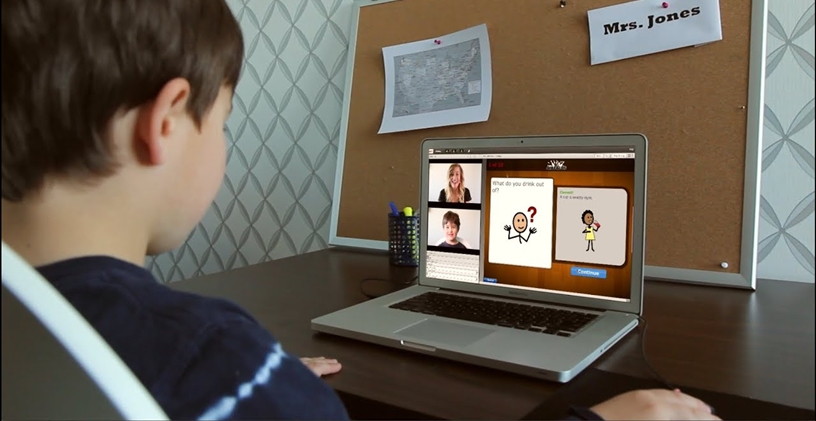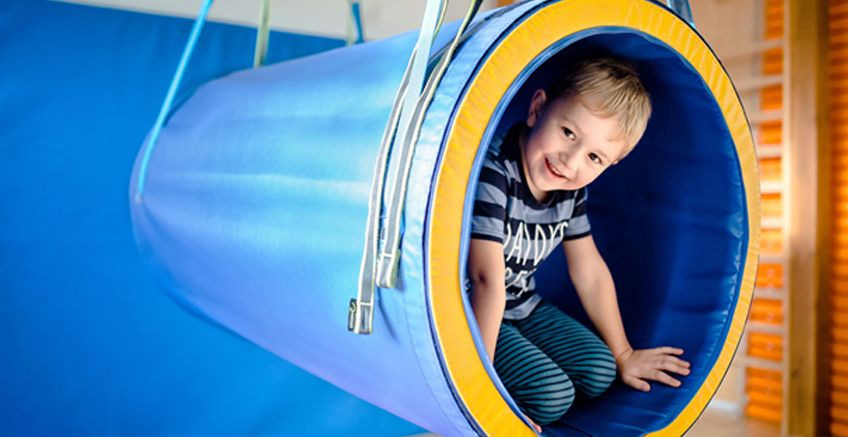Frequently Asked Questions About Cerebral Palsy

We decided to provide answers to some of your most asked questions about cerebral palsy. Read on!
What Is Cerebral Palsy?
A cerebral palsy is a group of permanent disorders that affect a person’s ability to move and maintain balance and posture. It is the most common motor disability in children, affecting as many as one in every 345 people in the United States to varying degrees.
What Is The Cause of Cerebral Palsy?
Cerebral palsy is primarily a congenital disorder. It is due to an abnormality in brain development most often seen in children with low birth weight or preterm birth as well as with twins or multiple births. It can occur as a result of maternal infection, birth complications, or kernicterus (a type of brain damage caused by neonatal jaundice).
What Are The First Signs of Cerebral Palsy?
The first signs are often noticed in infants whose heads fall back when picked up or whose bodies feel stiff or floppy. Babies who are unable to roll over, who crawl in a lopsided fashion, or can’t bring their hands to their mouths should also be suspected of having cerebral palsy.
Cerebral palsy is diagnosed based on symptoms and a child’s development over time. While imaging studies may reveal brain abnormalities, the identification of an abnormality is not diagnostic of the disorder.
What Are The Different Types of Cerebral Palsy?
Most children have spastic cerebral palsy, characterized by jerky movements and joint stiffness. There is also ataxic cerebral palsy (characterized by clumsiness and instability), athetoid cerebral palsy (causing involuntary movement), and hypotonic CP (in which muscles are “floppy”), or mixed cerebral palsy.
Does Cerebral Palsy Get Worse With Age?
Cerebral palsy is a non-progressive disorder, meaning that a child’s symptoms won’t get worse when they get older. Still, it can cause health concerns in later life, including post-impairment syndrome in which the combination of bone deformity, muscle abnormalities, and overuse injuries can lead to worsening pain, fatigue, and disability.
How Long Can A Person With Cerebral Palsy Live?
It largely depends on the extent and severity of the symptoms. Some with mild symptoms can live well into their 70s. Those with severe cerebral palsy (such as those who cannot lift their heads and require tube feeding) have a life expectancy of around 17 years.
Can A Child Outgrow Cerebral Palsy?
There have been suggestions that children with mild cerebral palsy can "outgrow" the disorder. It is a controversial contention that some scientists believe may be related to the initial misdiagnosis of the disease (given that many other conditions can cause mild palsy-like symptoms).
Some studies have shown that a significant number of children who "outgrew" cerebral palsy were later diagnosed with seizure disorders, sensory disorders, significant intellectual disability, or other neurological problems.
References
This article is written by Heidi Moawad. You can find the original version of this article from here.







